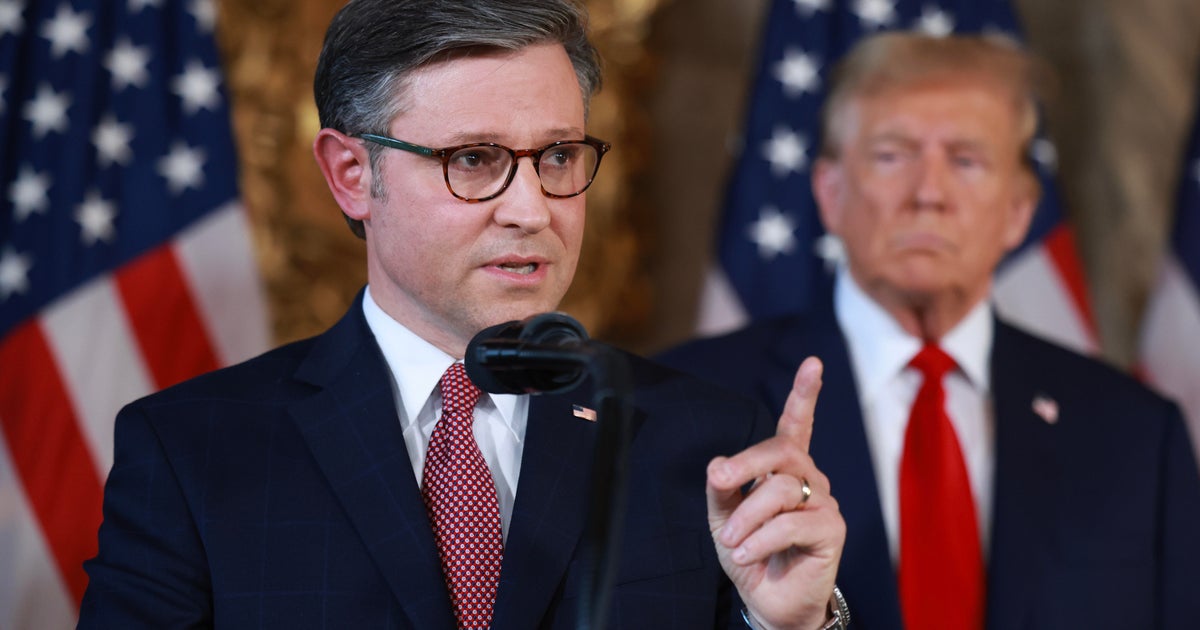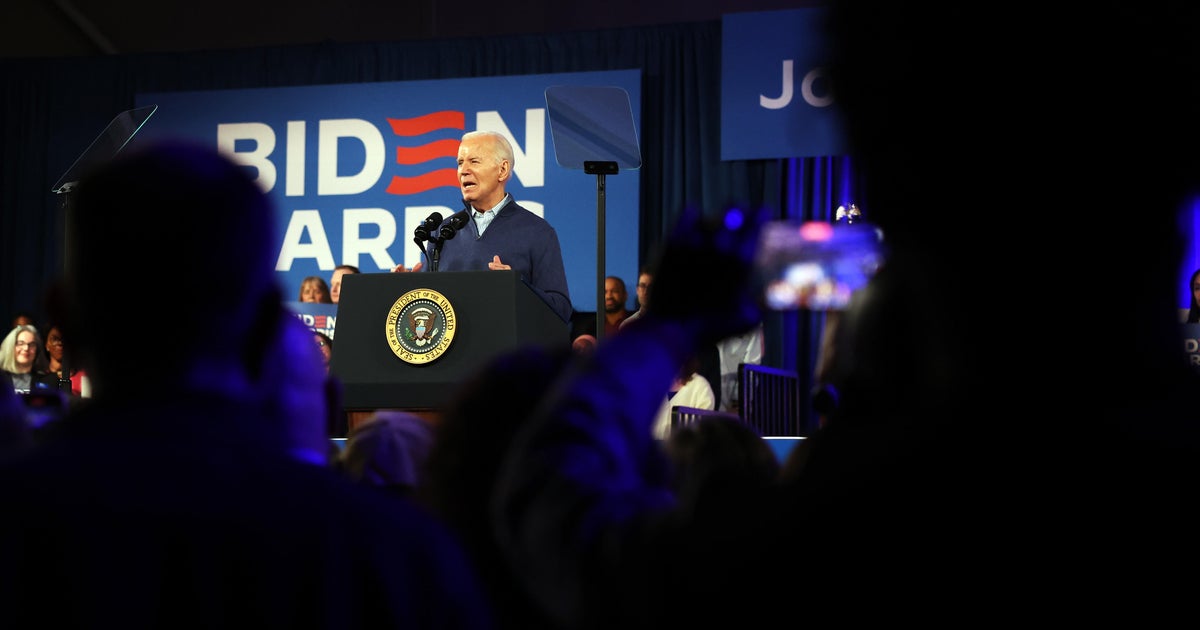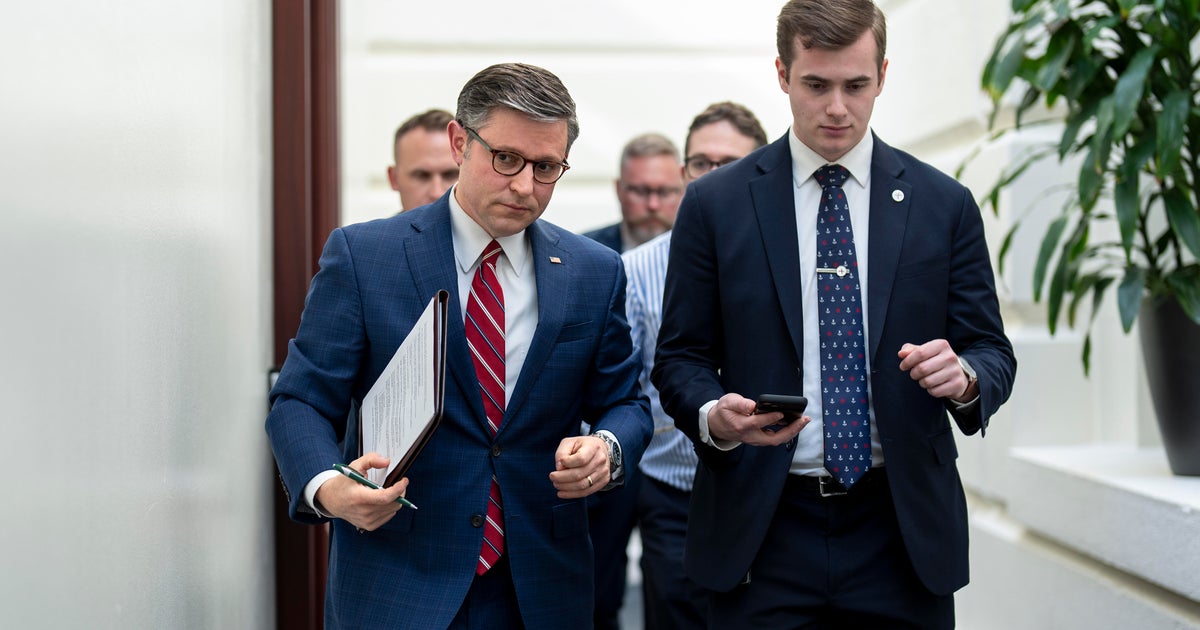What will keep the government from shutting down?
The government funding situation is a mess. Congress averted a shutdown over the weekend, but lawmakers are not out of the woods yet.
House and Senate members passed a two-week funding extension Thursday that expires Dec. 22 and Republicans are planning to introduce a second short-term measure that would keep the government funded into January.
The brief duration of these bills was designed to buy negotiators more time to reach a longer-term deals over government funding. It's a complicated situation because since the new fiscal year began on Oct. 1, limits on spending came back into effect for the military and domestic programs that were set by a 2011 law. In order to lift those caps and implement them, Congress would first have to pass a budget deal raising them and a second omnibus spending package make the actual appropriations.
Timeline of government funding:
- May 4, 2017 -- Congress passes $1.1 trillion spending deal that funds government through Sept. 30, excluding funding for the border wall.
- Sept. 8, 2017 -- Trump signs government funding measure, that maintains 2017 levels and funds the government through Dec. 8.
- Sept. 30 -- The two-year budget deal signed by Obama in 2015 expires, paving the way for the 2011 spending caps to take effect.
- Oct. 1 -- New fiscal year 2018, begins.
- Dec. 7 -- Congress passes short-term spending bill through Dec. 22.
- Dec. 22 -- Spending bill expires; new bill needed to avert shutdown.
What happens now?
Republicans are expected to introduce a second short-term spending measure before Dec. 22 that would keep the government funded into January.
In the meantime, top congressional leaders are negotiating with the White House over a budget deal that would lift spending caps that came back into effect on Oct. 1. These were limits set by the Budget Control Act (BCA) of 2011. Congress has twice passed similar agreements over the last four years. In 2013, Rep. Paul Ryan, R-Wisconsin, then the chairman of the House Budget Committee, reached a deal with his Senate counterpart, Sen. Patty Murray, D-Washington, to boost spending caps for two years. Once that deal expired, Speaker John Boehner, R-Ohio, reached a deal with Democrats and the White House in 2015 to lift spending caps for two more years. That deal expired Sept. 30 of this year.
Republicans and Democrats are currently eyeing a two-year budget deal that would lift spending caps by $200 billion, according to a source familiar with negotiations. Each side has an agenda.
What do Republicans and Democrats want?
Republicans want a major funding boost for the military while Democrats want equal spending increases to the Pentagon and domestic non-defense programs which cover the Department of Homeland Security, Department of Veterans Affairs and the National Institutes of Health (NIH), for example.
In his 2018 budget blueprint, President Trump asked Congress for $603 billion in base defense spending. Congress recently passed a defense policy bill that authorizes more than $626 billion in defense spending, plus nearly $66 billion for the Pentagon's overseas contingency operations (OCO) account that funds military operations against the Islamic State in Iraq and Syria (ISIS).
Those amounts are well above the $549 billion budget cap that's currently in place under the 2011 law for defense programs. Congress needs a budget deal to lift that cap in order to meet its spending goals.
As they've demanded in previous years, Democrats want an equal increase in spending for defense and nondefense programs. The cap for nondefense programs for 2018 is currently $516 billion. This is one of the biggest sticking points in negotiations because Mr. Trump wanted a $54 billion boost to defense spending, offset by $54 billion in cuts to domestic programs.
Once a budget deal passes, then what?
If and when President Trump signs a budget deal that raises spending ceilings, Congress can then craft an omnibus government-wide spending package that abides by the new spending levels.
Democrats have a number of requests for the next CR or the longer-term deal, some of which House Minority Leader Nancy Pelosi, D-California, laid out in a meeting with the president and other congressional leaders Thursday.
"We have some important issues that we share with you. You have described the opioid crisis in our country, and we want to address that; help our veterans; S-CHIP, children's health insurance; and, again, all things that have bipartisan support in the Congress," she said.
Some Democrats have also demanded a legislative solution for so-called Dreamers and the Deferred Action for Childhood Arrivals (DACA) program.
Will there be a government shutdown?
With the next short-term funding bill, a shutdown seems unlikely this month. Once an omnibus package is on the table, it could be more likely. President Trump has wanted Congress to approve funding for his proposed wall along the U.S.-Mexico border. When Congress last considered a major spending package earlier this year, the White House gave up on its demand for wall funding.
More recently, however, Mr. Trump has told advisers in recent days that a government shutdown could benefit him politically, according to The Washington Post. Mr. Trump has told aides that he must be perceived as tough on immigration and the border and that involves scoring money approved by Congress to fund his proposed wall, the report said. He has said to several people, the report added, that he would blame Democrats for a government shutdown.
The president likely won't get his wall funding, however, because Senate Democrats will block it. Republicans need Democratic votes in the Senate in order to fund the government because 60 votes are needed to advance spending measures in the upper chamber where Republicans only have 52 members.




